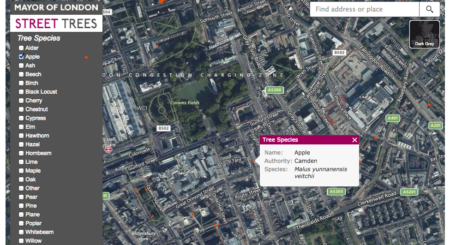The 13th Conference of the Parties (COP) to the Convention on Biological Diversity in going on right now in Cancun, Mexico, and the theme is mainstreaming biodiversity for well-being. The CGIAR centres are there both collectively and individually, mainstreaming away like mad, for example, on the agricultural side. But as I browsed through the draft decisions, what I was struck by was the repeated mention of biodiversity in cities:
6. [The COP] [a]lso encourages Parties, other Governments, relevant organizations and funding agencies to promote and support further research on health-biodiversity linkages and related socioeconomic considerations, including, inter alia, on the following issues:
…
(e) The contribution of biodiversity and the natural environment, including protected areas, in promoting mental health, particularly in urban areas
I’m not sure if urban biodiversity is a relatively new focus for the CBD, but it must offer lots of opportunities for mainstreaming. Cities are, after all, where most people live, so if you were going to make biodiversity part of as many people’s lives as possible, cities would be a good place to start. I bet crop wild relatives are not often seen as one such opportunity, and yet a website I’ve recently come across would suggest otherwise.
The London Tree Map shows the location of 700,000 street trees all over that particular metropolis. That includes a number of wild relatives of cultivated fruits, such as apples and pears.

I don’t know about you, but a street lined with different wild apple species would do wonders for my mental health.
Anyway, there’s more coming out of Cancun every day, including a Declaration, and there’s a whole Twitter account for you to follow if you want to keep up to date.